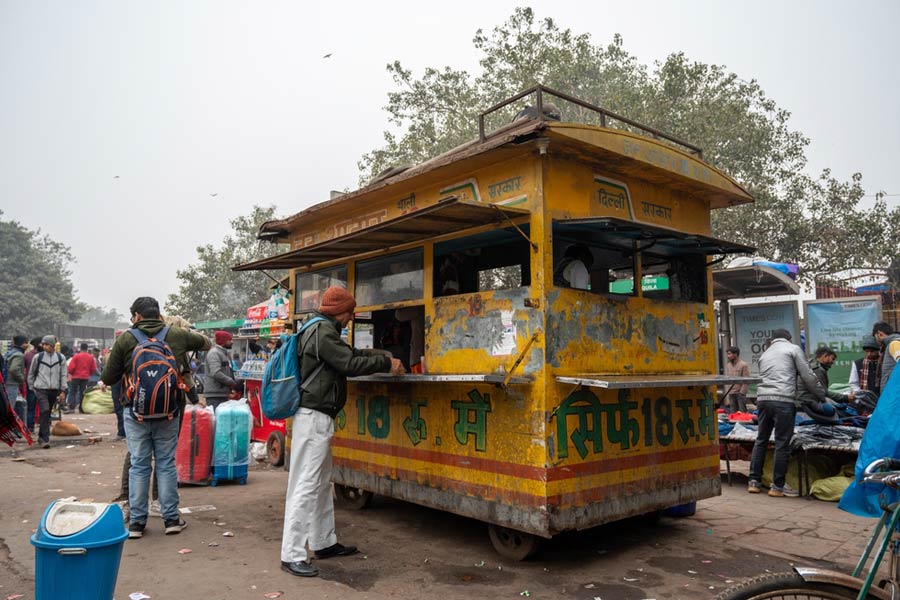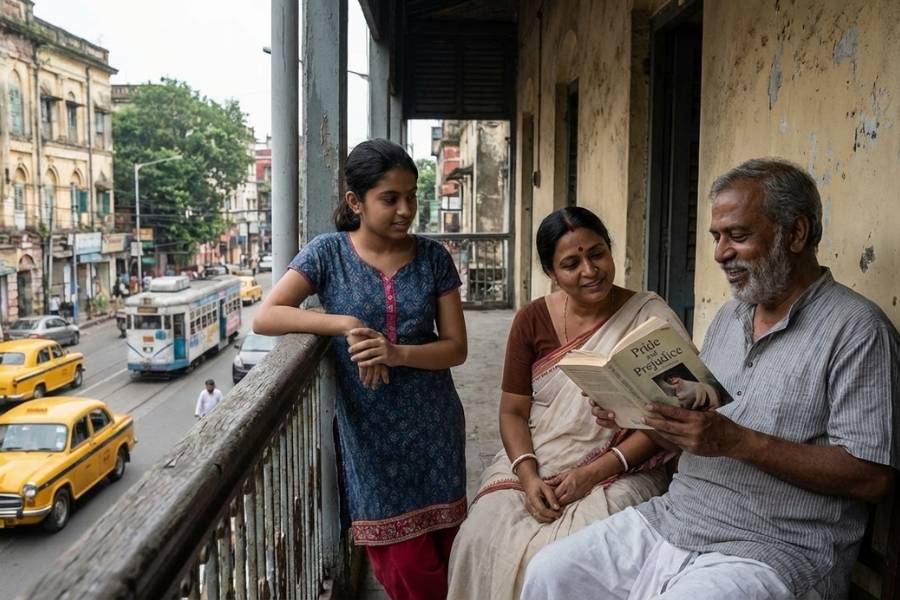Large sections of India’s population cannot afford two full meals a day, an academic paper has claimed amid the government of Prime Minister Narendra Modi highlighting as achievement raising 25 crore people above the poverty line and the decline of extreme poverty by 80 per cent.
The BJP, in a document released on Monday, cited these statistics from “NITI Aayog and international economic forums” to say that India has seen unprecedented transformations in poverty alleviation and public welfare over the last 11 years of Prime Minister’s Modi being on office, which the party said “deserve to be etched in golden letters.”
A recent World Bank report reported that the extreme poverty rate for India has declined to 5.3 per cent in 2022-23 from 27.1 per cent in 2011-12 and people living in extreme poverty fell from 344.47 million to just 75.24 million in the same period.
However, an academic study published earlier this month has claimed that traditional poverty statistics miss the nutritional deprivation many Indians – who may be above the poverty line – experience.
The paper, titled “Food deprivation: A thali index reveals what poverty estimates do not”, co-authored by Pulapre Balakrishnan of the Centre for Development Studies and Aman Raj of Krea University, Andhra Pradesh, has measured the standard of living in terms of a thali meal and argued for a review of poverty measurement in India, highlighting food deprivation.
The study used data from the rating and analytics agency Crisil, which publishes the average cost of preparing a thali at home based on input prices prevailing in north, south, east and west India.
For a vegetarian thali in 2023-24, it was approximately Rs. 30 on average and the cost of preparing a non-vegetarian thali was reported Rs. 58.
The study puts a disclaimer. “estimated cost is for a “home-cooked” thali. However, not all workers are able to eat home-cooked food for all their meals each day…in the context of long-distance migrants in search of employment. In our informal enquiries, the figure for a vegetarian thali eaten in a commercial outlet was higher than Rs. 30 in Rajasthan, Bihar, Kerala, Andhra Pradesh, and Tamil Nadu. Therefore, Rs. 30 is likely to be an underestimate. So would Rs. 58 be the case for a non-vegetarian thali.”
The Thali Index has defined food poverty as failing to consume at least two complete thalis – defined as a full, balanced meal including staples, vegetables and pulses – per day.
The study claimed to capture nutritional shortfalls, something conventional income- or expenditure-based poverty lines often miss.
“In rural India, 40 per cent of the population cannot afford two vegetarian thalis a day and 80 per cent cannot afford the combination of one vegetarian and one non-vegetarian thali, at a total cost of Rs 88. In urban India, 10 per cent of the population cannot afford two vegetarian thalis a day and 50 per cent cannot afford the combination of one vegetarian and one non-vegetarian thali a day,” the paper said.
The study finds that food deprivation in rural India is more widespread than people recognise.
A recent State Bank of India report has said that poverty is less than 5 per cent in rural and urban India. The report was based on the update of the Tendulkar poverty line for 2011-12 and applied the subsequent inflation rate and arrived at monthly poverty lines of Rs 1,632 for rural areas and Rs 1,944 for urban areas in 2023-24.
The Thali index shows that even assuming food-only expenditure, these levels do not provide two daily vegetarian thalis per person for up to 40 per cent of the rural population and 20-30 per cent of the urban population.
Poverty studies assume that households or individuals are free to spend all their income on food, according to Balakrishnan and Raj.
India ranked 105 out of 127 countries in the Global Hunger Index report for 2024. The ranking put India, one of the largest economies in the world, behind Bangladesh.











